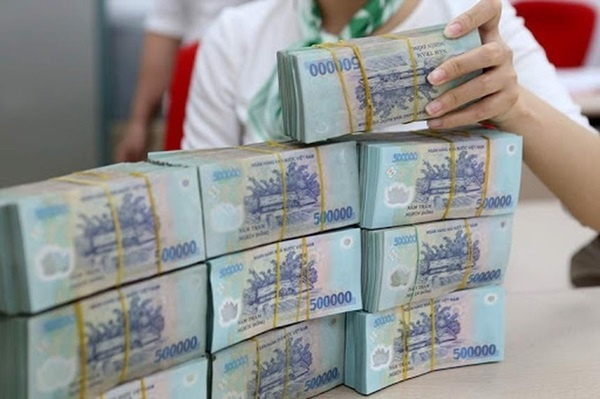Consolidated financial results for Q3/2025 show that, beyond net interest income – their primary revenue driver – many banks reported notable profit growth from active foreign exchange (FX) trading, capitalising on market volatility and currency movements.
Techcombank announced its Q3 results with pre-tax profit reaching $330 million, up over 14 per cent on-year.
Its total operating income (TOI) rose more than 21 per cent to $569 million, while operating expenses increased 31 per cent from $137 million to $180 million. As a result, the bank’s net operating profit climbed 17 per cent, from $333 million to $390 million.
 |
Non-interest income also posted impressive growth, more than 1.5 times higher than the same period last year, with FX trading being the standout segment, surging 816 per cent to bring in $22.4 million.
Asia Commercial Bank (ACB) likewise reported solid Q3 results, with pre-tax profit exceeding $215 million, up 11 per cent on-year. Despite a decline in net interest income, ACB maintained its profit growth momentum, driven mainly by gains from non-interest activities.
Accordingly, in Q3, ACB’s non-interest income increased close to 29 per cent to $64.6 million. FX trading generated $18 million, up 2.7 times on-year. Securities trading also contributed $14.7 million, nearly 5.2 times compared to one year ago, while net service income rose 6.5 per cent to $31.8 million.
Analysts noted that, as traditional lending faces pressure from intense competition, thinner profit margins, and continued credit growth caps, banks are turning to FX trading to enhance profitability – especially amid exchange rate fluctuations.
The strong FX gains were partly driven by exchange rate pressures in recent months. According to a recent macroeconomic update from Vietcombank Securities (VCBS), the FX market experienced upward pressure in Q3. VCBS forecasts that the VND could depreciate moderately against the US dollar by around 5 per cent for the full year 2025.
Pham Thanh Ha, Deputy Governor of the State Bank of Vietnam (SBV), said that the central bank has adopted a flexible exchange rate policy, coordinated with other monetary tools, to stabilise the FX market.
"The SBV will continue to manage the VND-USD exchange rate flexibly in line with global market movements while ensuring smooth foreign currency liquidity to maintain overall stability," he noted.
Speaking with VIR, senior banking and finance expert Can Van Luc said the exchange rate is expected to stabilise towards the end of the year, supported by improving domestic and global conditions. He noted that if US interest rates ease, Vietnam could resume foreign-currency borrowing, boosting reserves and easing exchange rate pressure.
“However, FX risks have not fully disappeared,” Luc said. “One factor to watch is that Vietnam’s trade surplus is projected to narrow to between $16–20 billion this year, significantly lower than in 2024, as exports may slow in Q4 after businesses ramped up inventories ahead of potential US reciprocal tariffs.”
According to SBV data, as of September 29, total outstanding credit in the banking system exceeded $708 billion, up more than 13 per cent compared to the end of 2024, the highest credit growth rate since 2020. This expansion is expected to have a notable impact on bank profitability.



















































